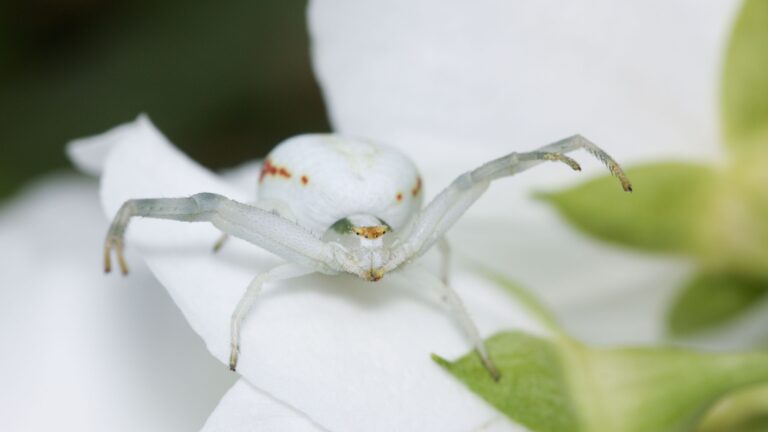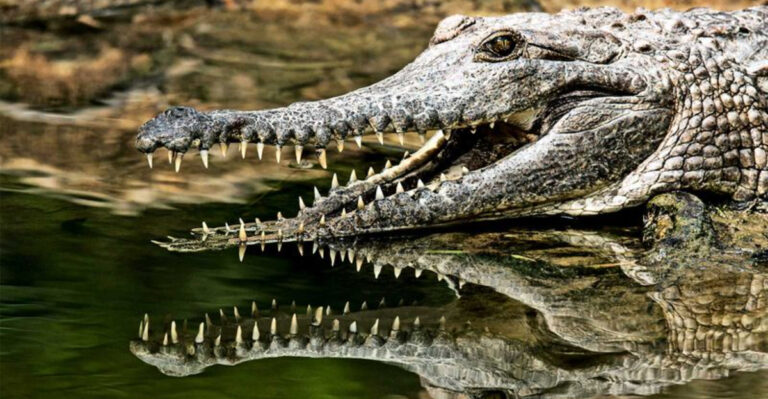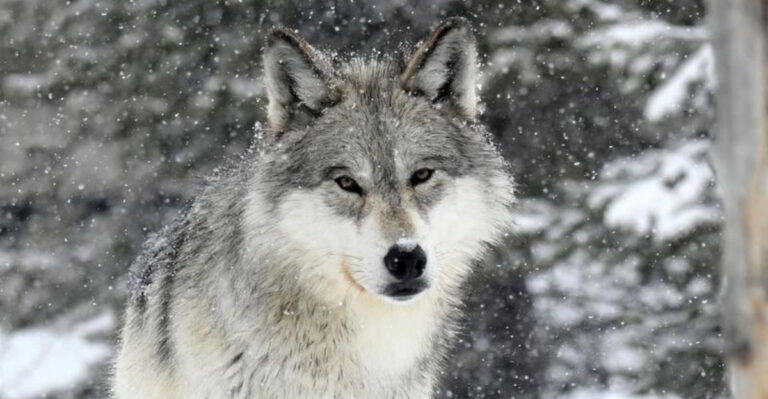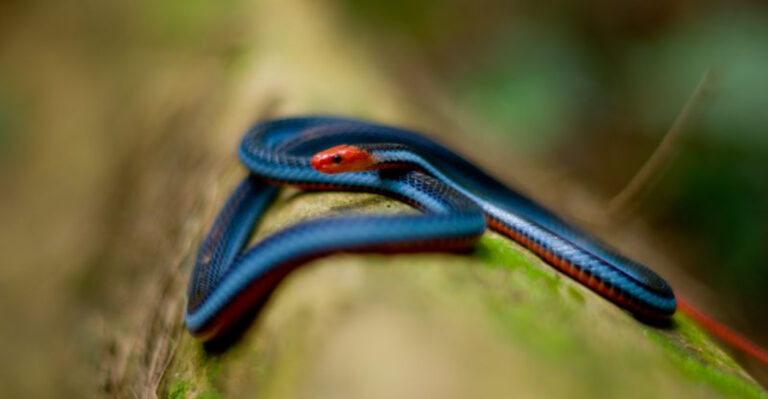15 Incredible Dinosaurs Discovered In The Last Decade
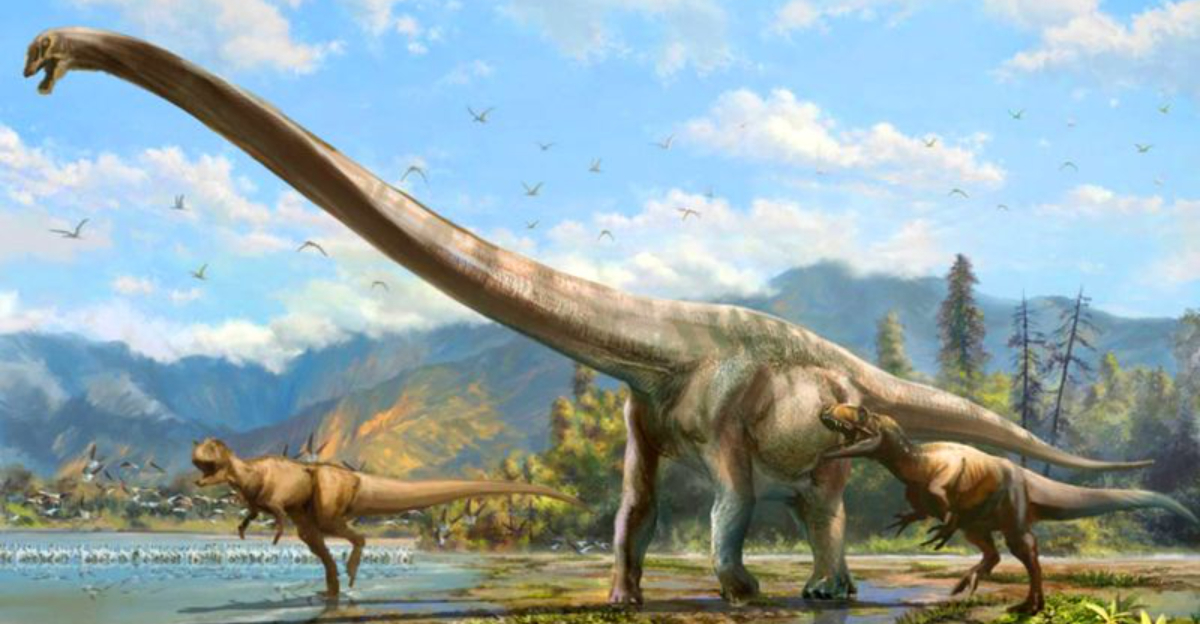
Paleontologists keep unearthing amazing new dinosaur species that change what we know about prehistoric life. These discoveries from the last ten years have revealed bizarre features, surprising behaviors, and evolutionary connections we never imagined.
From tiny feathered creatures to massive predators with unusual adaptations, these recent finds are rewriting dinosaur history books.
1. Chicken From Hell (Anzu Wyliei)
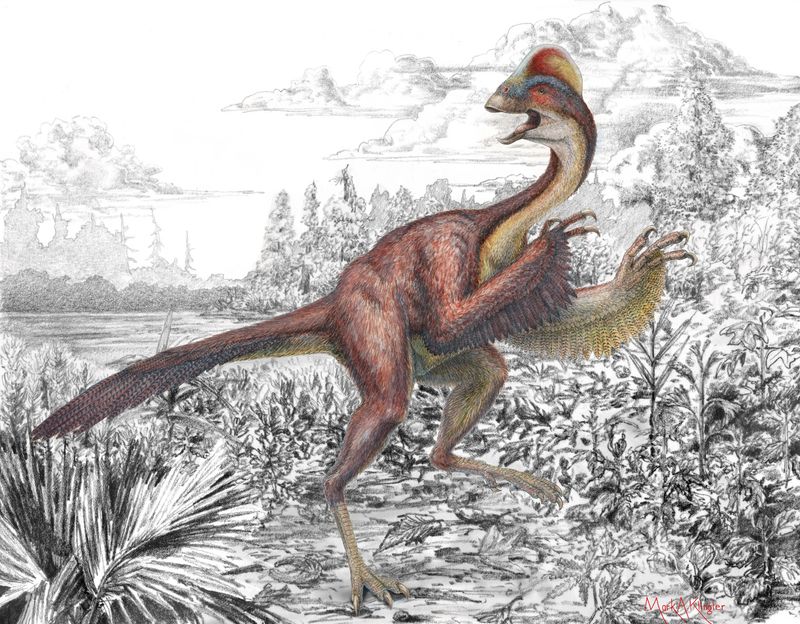
Standing tall as a basketball hoop with feathers like a bizarre nightmare bird, this oddball roamed North America 66 million years ago. Scientists nicknamed it the “chicken from hell” for good reason!
With massive claws and a toothless beak, it likely ate plants, small animals, and eggs. Discovered in South Dakota in 2014, this creature weighed around 500 pounds.
2. Dragon Of Qijiang (Qijianglong Guokr)
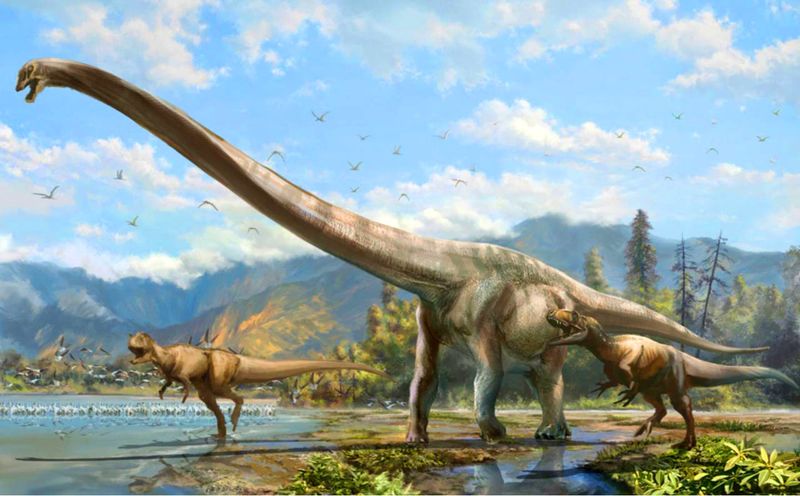
Imagine a creature with a neck so impossibly long it resembled a mythical dragon. Unearthed in China in 2015, this sauropod’s neck stretched nearly half its 50-foot body length.
Unlike other long-necked dinosaurs, its unique vertebrae were filled with air pockets, making the massive neck surprisingly lightweight. Farmers stumbled upon this 160-million-year-old giant while digging in their fields.
3. The Pinocchio Rex (Qianzhousaurus Sinensis)
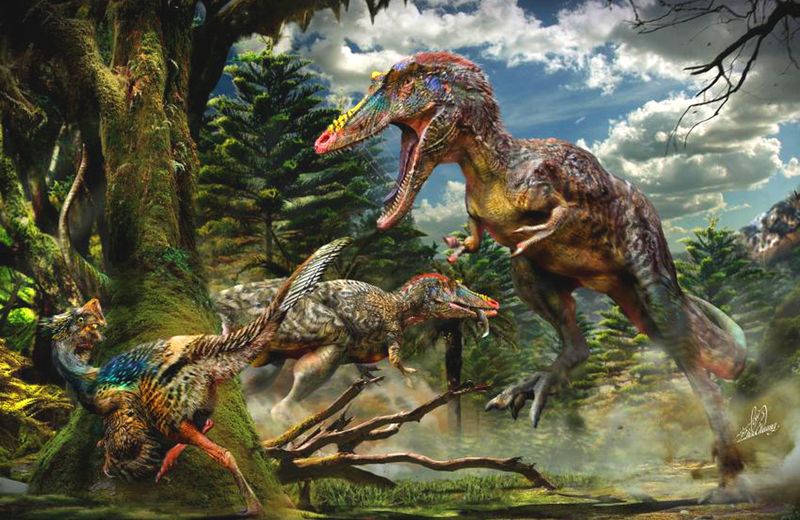
Sporting a snout that would make Pinocchio jealous, this predator hunted through Asian forests 66 million years ago. Construction workers accidentally found this bizarre tyrannosaur while building a science park in China.
Smaller than T. rex but equally terrifying, its extended nose likely housed specialized sensory organs. Scientists believe this 30-foot carnivore used its unusual snout to track prey through dense jungle environments.
4. Rainbow Dinosaur (Caihong Juji)
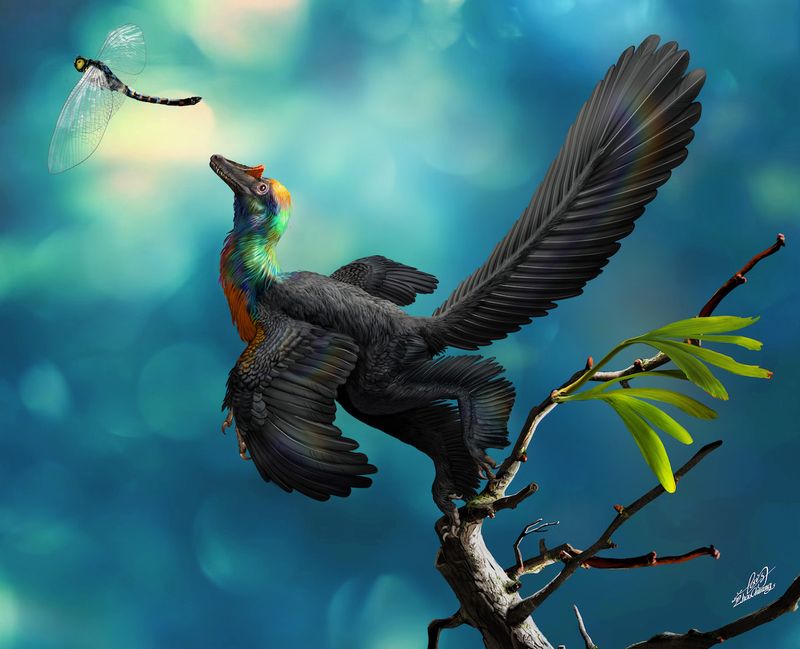
Glittering like a hummingbird on steroids, this chicken-sized predator sported iridescent feathers that shimmered with rainbow colors. The 161-million-year-old fossil, found by a farmer in northeastern China, preserved actual evidence of colorful plumage! Its wing and head feathers contained microscopic structures identical to those creating iridescence in modern birds.
This flashy fellow also had bat-like wings and a bony crest.
5. Antarctic Monster (Antarctopelta Oliveroi)
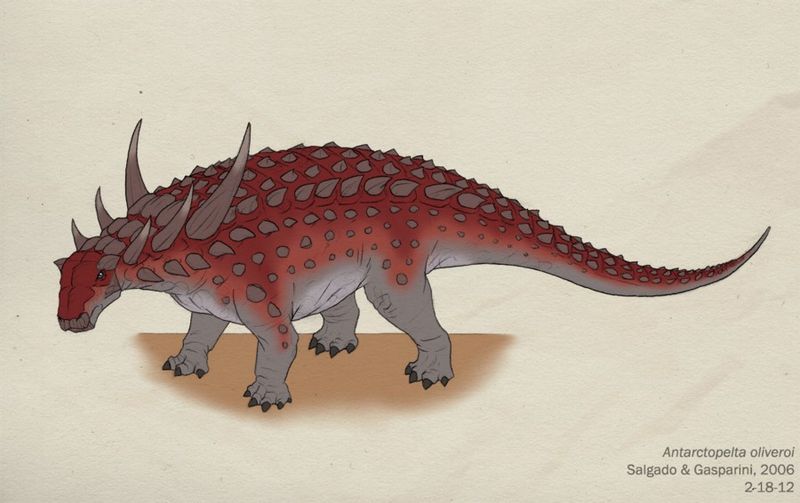
Frozen in time on Earth’s southernmost continent, this tank-like herbivore rewrote polar prehistoric history when fully described in 2016. Imagine a spiky, armored beast plodding through ancient Antarctic forests that once flourished where only ice exists today.
About the size of a small car, this heavily-armored plant-eater survived in a surprisingly warm Antarctica 75 million years ago. Its discovery proves dinosaurs lived on all continents.
6. Egyptian Water King (Spinosaurus Aegyptiacus)
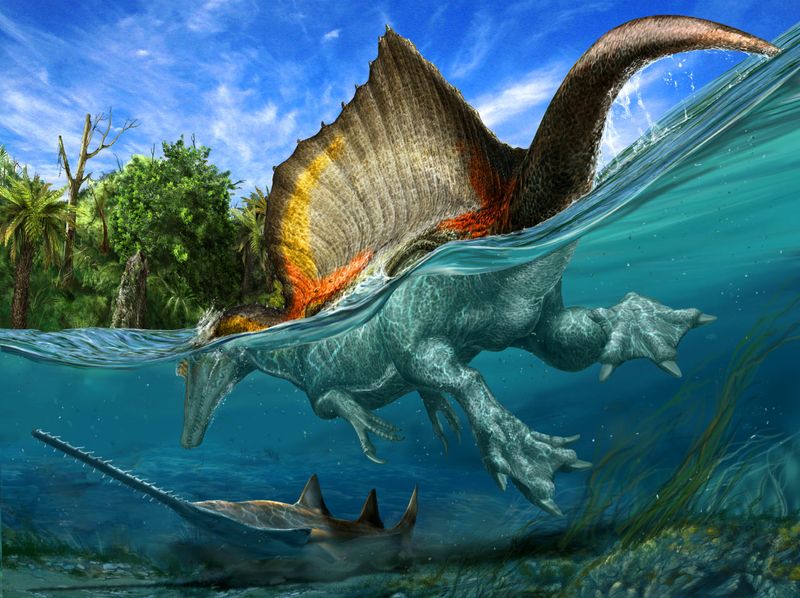
Forget everything you thought you knew about this massive predator! New fossils discovered in 2014 revealed a paddle-like tail that transformed our understanding of this beast.
Bigger than T. rex and sporting a massive sail on its back, this 50-foot monster was actually a specialized aquatic hunter. Its dense bones, crocodile-like jaws, and newly discovered fin-like tail prove it swam through North African rivers hunting giant fish.
7. Frozen Dragon (Cryodrakon Boreas)
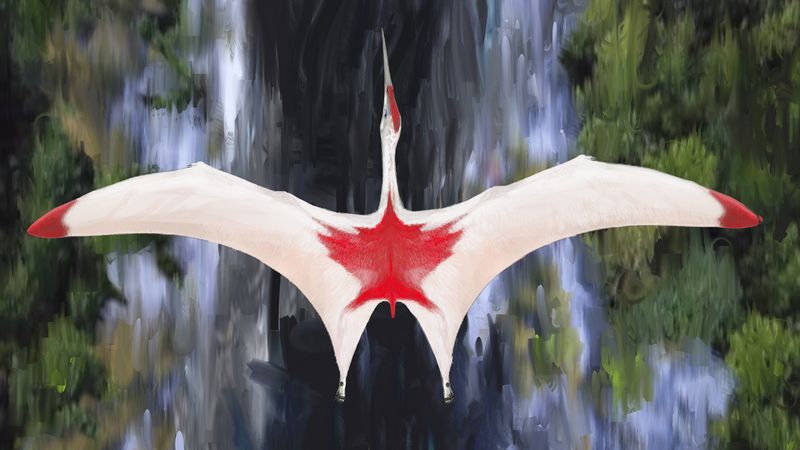
Soaring over ancient Canada with a wingspan wider than a small plane, this pterosaur was identified in 2019 from fossils originally discovered in the 1990s. New analysis revealed it wasn’t just another pterosaur – it was a completely new genus!
Named after the frigid northern climate where it lived, this flying reptile could look a giraffe in the eye when standing. Its hollow bones made flight possible despite its massive 33-foot wingspan.
8. Australian Polar Pioneer (Glacialisaurus Hammeri)
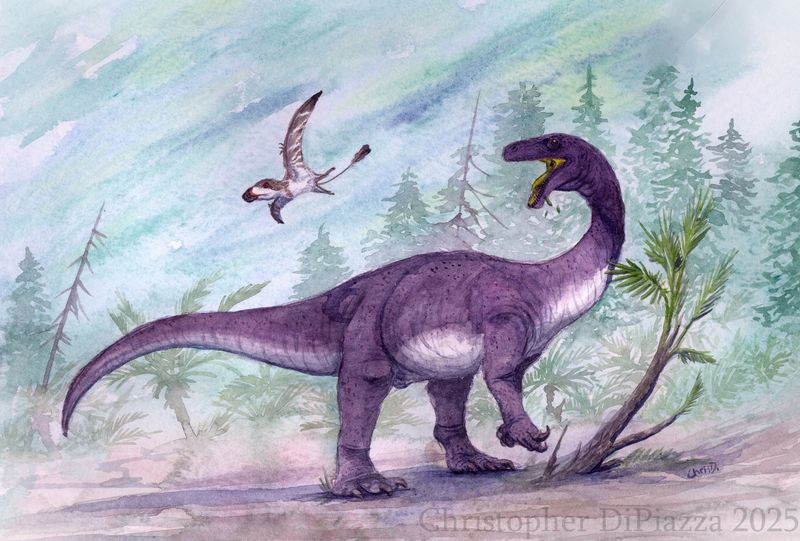
Trudging through snow-covered forests near the South Pole, this hardy plant-eater braved Antarctic winters when Australia and Antarctica were still connected. Fully described in 2019, its bones reveal surprising cold adaptations.
About as long as a school bus, this early sauropod’s fossils help explain how giant long-necked dinosaurs evolved. Its discovery proves dinosaurs could thrive in cold, harsh environments thought impossible for reptiles.
9. Hell Creek Face-Biter (Dynamoterror Dynastes)
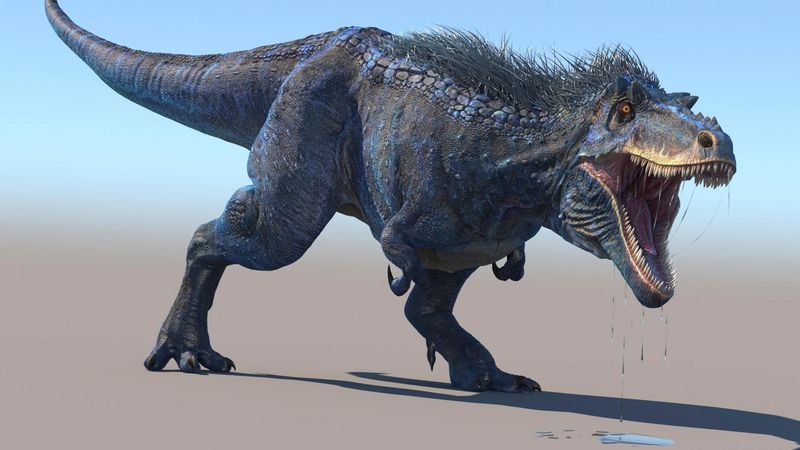
With jaws powerful enough to crunch through bone and a name literally meaning “terror lizard,” this recently discovered relative of T. rex prowled western North America 80 million years ago. Paleontologists found it in Utah in 2018.
Slightly smaller than its famous cousin but equally terrifying, this predator had specialized teeth designed for slicing through flesh. Its discovery helps fill crucial gaps in understanding how tyrannosaurus evolved their bone-crushing bite.
10. Scottish Lagoon Sprinter (Dearc sgiathanach)
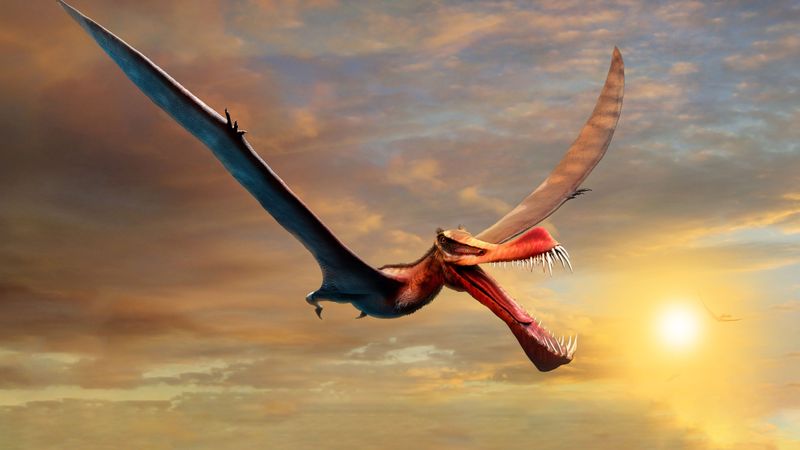
Zipping through ancient Scottish skies when dinosaurs ruled the earth, this pterosaur’s exquisitely preserved skeleton was found on the Isle of Skye in 2022. The fossil was so complete that scientists could determine it was a juvenile still growing!
With a wingspan of over 8 feet despite its young age, this flying reptile would have reached massive proportions as an adult. Its discovery proves pterosaurs evolved to gigantic sizes much earlier than previously thought.
11. Thanos Destroyer (Thanatotheristes Degrootorum)
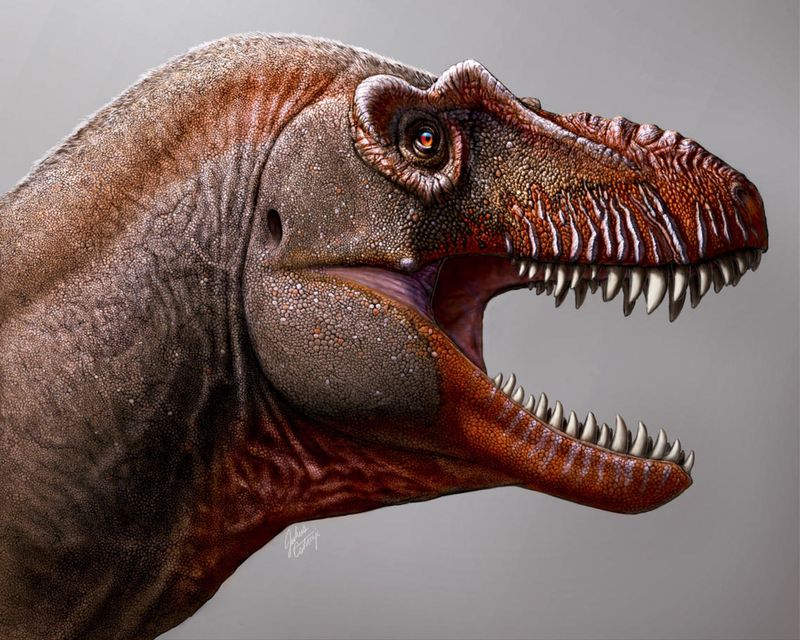
Named after the Greek god of death (not the Marvel villain), this bone-crunching predator terrorized ancient Alberta 80 million years ago. Discovered by a family hiking along a riverbank, this tyrannosaur was Canada’s first new species in 50 years!
With unique ridges along its face and specialized teeth, it filled an evolutionary gap between older and newer tyrannosaurs. At 30 feet long, it hunted in packs to bring down larger prey.
12. Patagonian Shield Bearer (Jakapil Kaniukura)
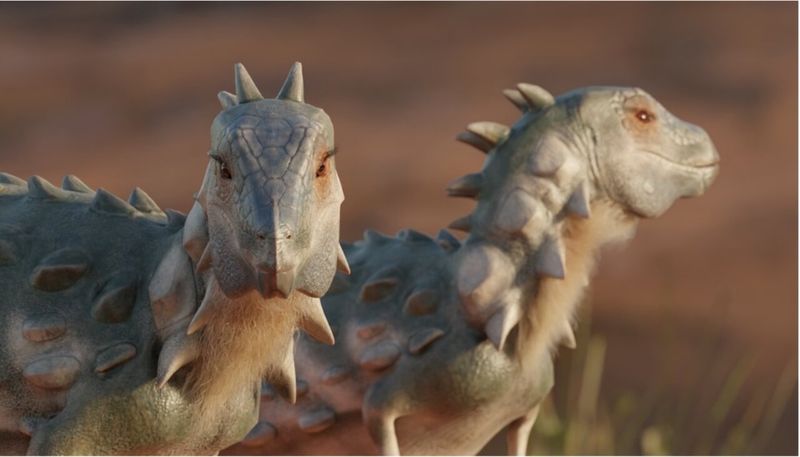
Armored like a tiny tank and walking upright on two legs, this bizarre plant-eater discovered in 2022 completely shocked paleontologists. About the size of a beagle, it survived in Argentina when most of its relatives had already gone extinct elsewhere.
Its leaf-shaped teeth and protective plates make it look like a bizarre mix between a stegosaurus and a T. rex. This evolutionary oddball shows dinosaurs experimented with body plans we never imagined.
13. Night Hunter (Shuvuuia Deserti)
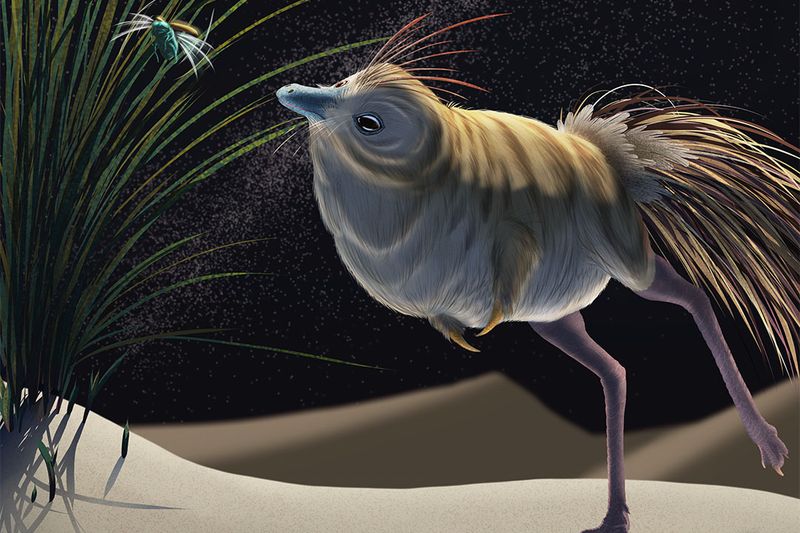
Equipped with owl-like night vision and specialized hearing, this chicken-sized predator hunted under desert moonlight 75 million years ago. Though discovered earlier, revolutionary scanning techniques in 2021 revealed its nocturnal adaptations.
With enormous eye sockets and ear structures similar to modern owls, it’s the first dinosaur confirmed to hunt by night. Its lightweight frame and single enlarged claw suggest it dug for insects in the Mongolian desert.
14. Horned Sea Monster (Natovenator Polydontus)
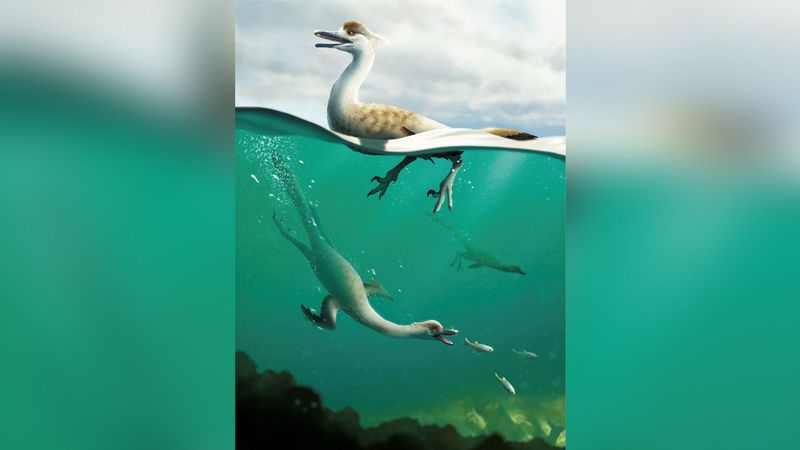
Paddling through Mongolian lakes like a prehistoric penguin, this bizarre carnivore discovered in 2022 had a streamlined body built for underwater hunting. With a duck-like snout filled with tiny teeth, it likely chased fish through ancient waterways.
Its ribcage was flattened like modern diving birds, and its arms formed flipper-like structures. This discovery proves some dinosaurs evolved specialized aquatic adaptations similar to modern birds and mammals.
15. Hell Heron (Ceratosuchops Inferodios)
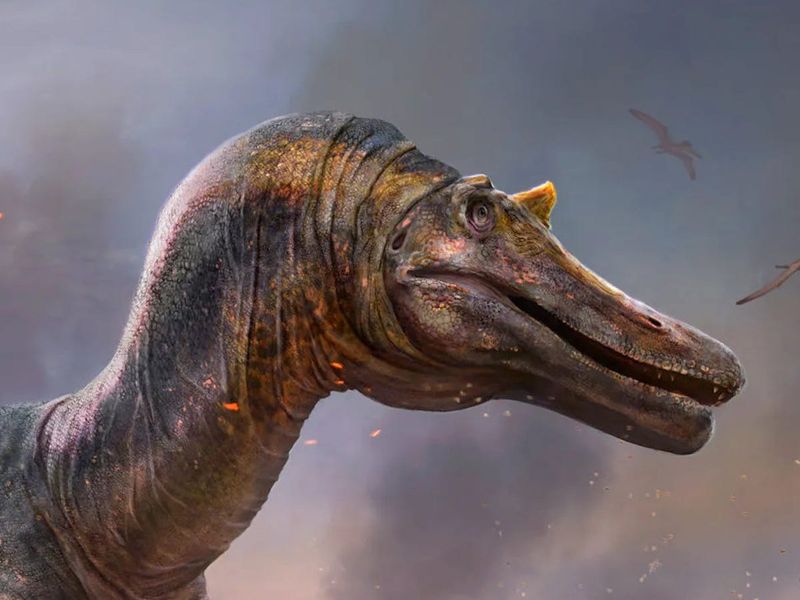
Stalking ancient wetlands with a crocodile-like snout, this predator earned its “hell heron” nickname from hunting habits similar to modern wading birds. Discovered on England’s Isle of Wight in 2021, it shared its habitat with a cousin named Riparovenator.
About 30 feet long, it used its long jaws to snatch fish and small animals from shallow waters. The discovery of two similar species living together suggests these predators specialized in different prey or hunting techniques.


